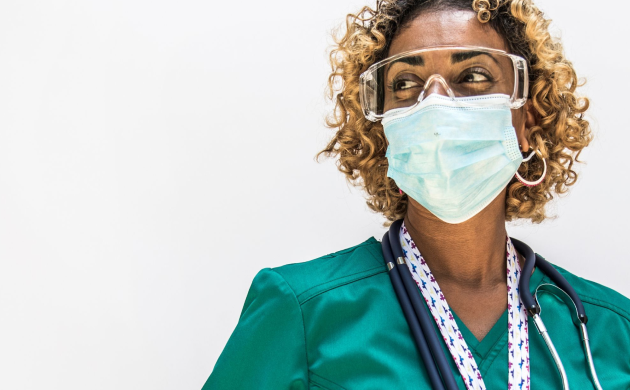
Soothing the pain: what to put on a burn
Burns are a common household injury with various causes, such as hot liquids, steam, fire, or prolonged sun exposure. Burn severity can range from minor to life-threatening, making it essential to know how to care for one properly.
You can help minimize the risk of infection and promote faster healing by following these guidelines and knowing when to seek help.
Burn degrees: assessing the severity of a burn
Understanding the different degrees of a burn’s severity is important for assessing the injury and seeking the appropriate treatment. Here is a breakdown of the different degrees of burns.
- First-degree burn. This is the mildest type of burn, which affects only the outer layer of the skin. Symptoms include redness, pain, and swelling. These burns typically heal within a week with proper care.
- Second-degree burn. This type of burn affects the first two layers of skin and is characterized by blistering, severe pain, and swelling. These burns can take up to three weeks to heal and may require medical attention.
- Third-degree burn. This severe type of burn affects all skin layers and can damage the underlying tissue. Symptoms include blackened or charred skin, extreme pain or numbness, and a waxy, white appearance. These burns require immediate medical attention and can lead to permanent scarring or disfigurement.
- Fourth-degree burns. This is the highest degree of burn, affecting all the layers of skin, tissues, and even the muscles and bone. Fourth-degree burns can be life-threatening and cause severe infection as well as damage to the bone and joints.
How do you prevent burns?
Burns can be painful and even dangerous to your health, so remember these safety tips for preventing burns.
- Be cautious in the kitchen. Watch for hot surfaces, boiling liquids, and grease splatters when cooking. Use oven mitts or potholders to handle hot dishes, and never leave food unattended on the stove.
- Practice sun safety. Protect your skin from the sun's harmful rays by wearing protective clothing and sunscreen and seeking shade during peak sun hours.
- Handle electrical devices with care. Be careful when handling electrical appliances such as curling irons, hair dryers, and space heaters. Use them in a well-ventilated area, and never leave them unattended.
- Check the temperature of water. Before bathing or showering, check the water temperature to avoid getting scalded. The water should be comfortably warm, not hot.
- Keep a safe distance from fire. Whether a campfire or a fireplace, keep a safe distance and never leave flames unattended.
How to treat a burn
Knowing what to put on a burn and how to treat a burn properly helps promote faster healing and minimize the risk of infection. Here are some simple steps to follow.
- Stop the burning process. If the burn is caused by heat, immediately remove or get away from the heat source. For chemical burns, flush the affected area with cool water for at least 20 minutes to remove any remaining chemicals.
- Cool the burn. Run cool (not cold) water over the burn for 10 to 15 minutes to help reduce pain and swelling. Do not use ice, as it can cause further damage to the skin.
- Remove tight clothing and jewelry. These items can restrict blood flow and worsen swelling.
- Apply a sterile gauze or bandage. Cover the burn with a clean, dry gauze or bandage to help protect the area from infection. Do not use cotton balls or other fluffy materials; they can stick to the wound and cause further damage.
- Keep the burn clean. Change the gauze or bandage regularly to keep the wound clean and dry. If the burn blisters or breaks open, seek medical attention to prevent infection.
Burn care at CityMD
Burns can be painful and potentially serious injuries, but they can be treated effectively with the proper care and attention. Your local CityMD urgent care team can help with most first and second degree burns. If your burn involves a large surface area or is considered to be third or fourth degree, you will be referred to a burn center. Remember, timely treatment can help promote faster healing and prevent complications.

We’re ready to care for you.
Visit any CityMD urgent care location in your community today for an evaluation with one of our expert providers.